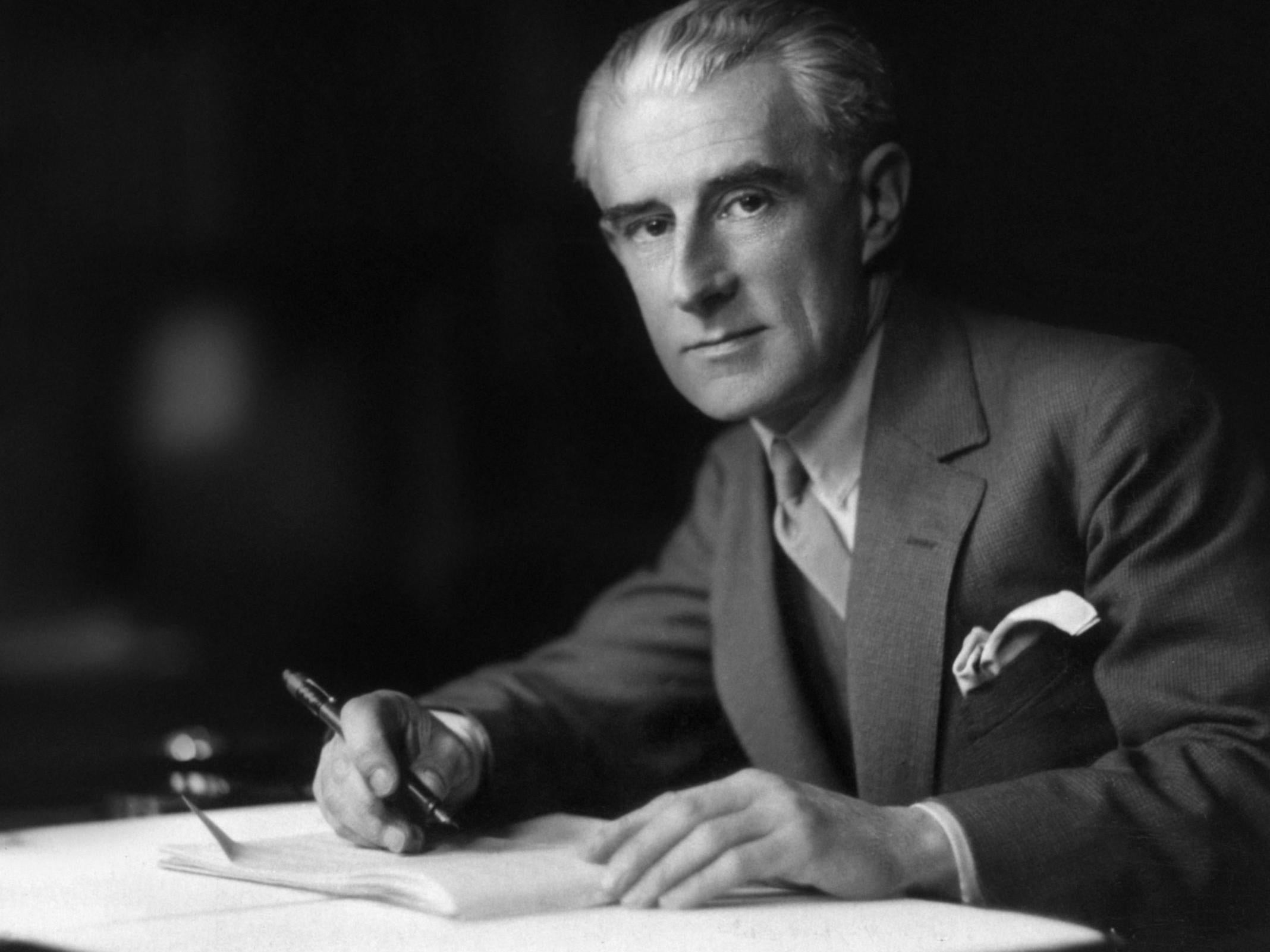Classical reviews – Ravel’s ‘Miroirs’/ ‘La valse’/ ‘Le tombeau de Couperin’ and Shostakovich’s Violin Concertos
The distinguished Turkish pianist Idil Biret performs music by Ravel with breathless excitement, while the Russian violinist Alina Ibragimov brings profound expressiveness to Shostakovich’s two violin concertos. By Michael Church

Idil Biret: Archive Edition 19
Ravel: ‘Miroirs’, ‘La valse’, ‘Le tombeau de Couperin’
Idil Biret, piano
(IBA 8.571404)
★★★★★
This celebrated Turkish pianist studied under Nadia Boulanger and Alfred Cortot, and was a lifelong disciple of Wilhelm Kempff. Throughout her distinguished career she has played under all the great conductors, and carried off every conceivable award; her discography is huge. She still performs and is now releasing dozens of her recordings on her own label, in particular those which are no longer available commercially. And in this new release of music by Maurice Ravel you can sense her pedigree in every bar.
In her hands “Noctuelles” is delivered with breathless excitement, and becomes evanescence incarnate; her “Oiseaux tristes” become an expression of exquisite mourning. Her playing in Le tombeau de Couperin seems to come over in confidential close-up, “Forlane” with sly humour, “Rigaudon” with sunny exuberance, and “Toccata” with impressive muscularity.
Shostakovich: Violin Concertos
Alina Ibragimova, violin; State Academic Symphony Orchestra of Russia ‘Evgeny Svetlanov’, conducted by Vladimir Jurowski
(Hyperion CDA6813)
★★★★★
Dmitri Shostakovich’s two great violin concertos – he liked to describe the first as “a symphony for violin and orchestra” – were both written for David Oistrakh; the first emerged at a perilous moment in the composer’s troubled relationship with the Soviet authorities. It was written in 1947-8 as Soviet composers – like the country’s artists and writers – were reeling from an onslaught by Stalin’s culture tsar Marshal Zhdanov. Any work which did not appeal directly to “the people” was to be purged as decadent; it was therefore a real risk which Shostakovich took by releasing his Concerto No 1 in A minor, with its essentially private nature. At its heart is a long passacaglia which grows in intensity with each of its nine repetitions.
The second concerto was written in 1967 when Khrushchev’s thaw allowed culture to flourish more freely. Supported by a Russian orchestra under a Russian conductor, the Russian violinist – now London-resident – Alina Ibragimova is the ideal interpreter of these works: her performances combine virtuosity with profound expressiveness.
Join our commenting forum
Join thought-provoking conversations, follow other Independent readers and see their replies
Comments